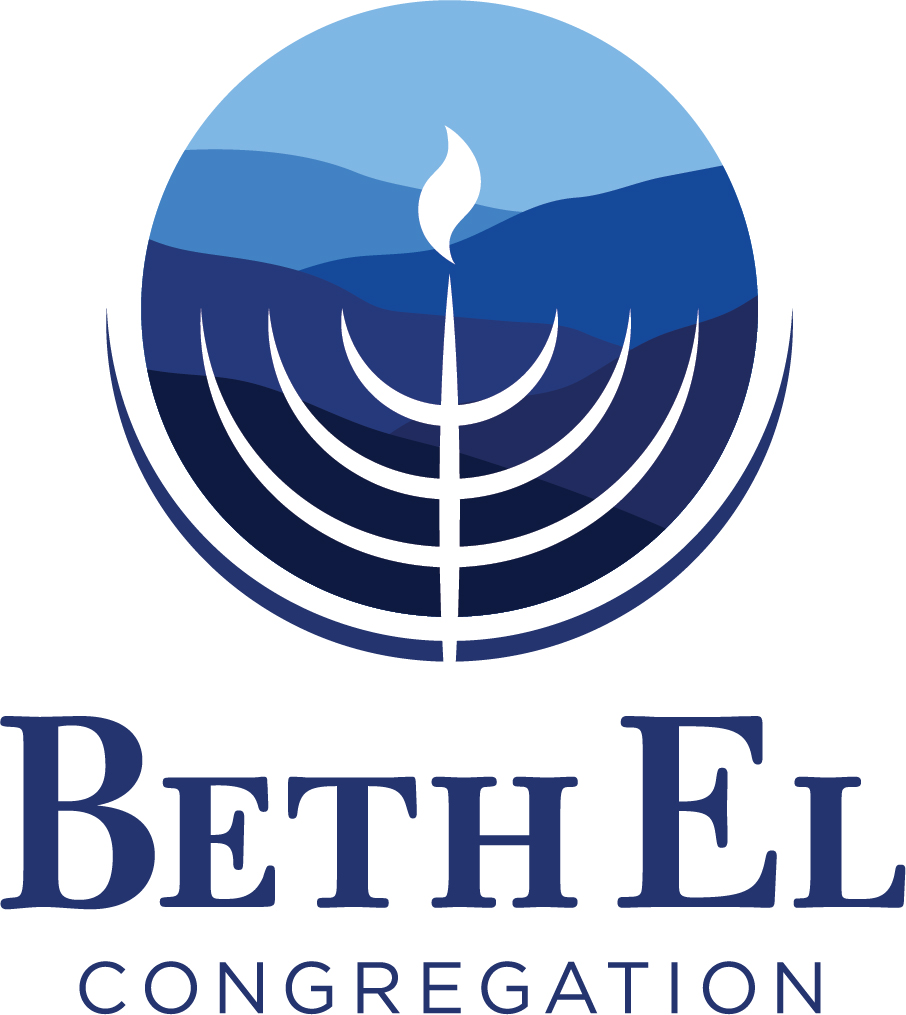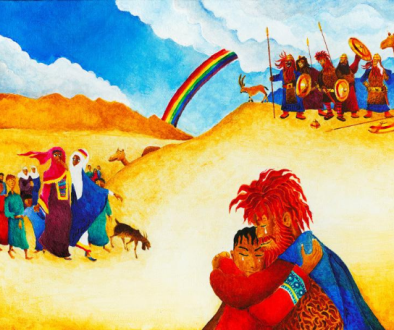D’var Torah – August 8
I hope this finds you well.
What do a John Deere baseball hat, a New England Patriots hoodie, and a pair of Oakley sunglasses have in common? Other than the fact that the guy wearing them is probably a fisherman from Gloucester, Massachusetts, a lot actually.
We wear our lives on our bodies. We are able to discern a lot by how people dress. For instance, you can tell what many people do for a living – doctor, nurse, soldier, police officer, airline pilot, construction worker, mail carrier, etc., by their uniform or work clothes. You can surmise where someone lives or where they’re from based on what team sweatshirt, school jacket, or event t-shirt they’re wearing. And you can get a pretty good idea of where they stand on things by the ball cap on their head or bumper sticker on their car
The same goes with religion. Many Christians wear a cross, or have a John 3:16 bumper sticker; many Muslim women wear a hijab and Muslim men don the kufi/taqiyah; and some Norse pagan men grow a beard and have a Thor’s hammer necklace.
As Jews, we are no different, and in fact have a great many symbols that we display. We have the kippah/yarlmuke, Star of David necklace, tzitzit; during prayer we wear tallit and tefillin; Orthodox men grow a beard and peyas; and we affix the mezuzah on the doorposts of our homes.
In this week’s parsha of Va’etchanan (Deuteronomy 3:23-7:11) we receive the holiest and most sacred words in the entirety of our faith, the Shema: “Hear, O Israel: the LORD our God, the LORD is one.” (Deuteronomy 6:4). The Shema is immediately and intentionally followed by the V’ahavtah: “And you shall love the LORD thy God with all thy heart, and with all your soul, and with all your might. And these words, which I command you this day, shall be upon your heart; and you will teach them diligently unto your children, and will talk of them when you sit in your house, and when you walk by the way, and when you lie down, and when you rise up. And you will bind them for a sign upon your hand, and they will be for frontlets between your eyes. And you will write them upon the door-posts of your house, and upon your gates.” (Deuteronomy 6:5-9).
These few lines provide us with two of the most powerful, enduring, and visual symbols of the Jewish faith – tefillin and the mezuzah. Both contain the Shema on their enclosed parchment. In other words, we are told to wear our faith on our person (and on our abode).
But here’s the question – does simply wearing a kippah, Star of David necklace, tefillin, tallit, or tzitzit, or placing a mezuzah on one’s house make a person a better, more moral, or holier Jew? I would argue no, not in and of itself. After all, couldn’t someone hold up a bank, cheat on their spouse, assault another individual, or knowingly choose to drive impaired all while wearing the sacred symbols of Judaism? Absolutely. There’s a famous tagline: “clothes make the man.” I couldn’t disagree with it more.
So if kippot, tefillin, etc., don’t make us more holy in and of themselves, what’s the point of them, other than the fact we are commanded to wear them?
Perhaps it’s this: for the U.S. Navy SEALs, their most prized symbol is the Trident insignia which they receive and are authorized to wear on their uniforms after graduating from their infamously grueling selection and qualification courses (which very few make it through). A phrase in the SEAL community is: “earn your trident every day.” In other words, a SEAL doesn’t get to slack off once they earn their Trident and SEAL title/qualification. They have to continue to live up to the exacting physical, tactical, mental, professional, and moral standards that are expected of them in order to continue to wear it. Every single day is a test where the Trident is earned all over again.
The kippah is just cloth or felt, the tzitzit is simply string, and the tefillin is just leather and parchment…until we see their true purpose.
The second part of the V’ahavtah (which is drawn from Numbers 15) tells us why we have these symbols: “that you may remember to do all My commandments, and be holy unto your God.”
There it is – they are reminders to constantly live lives of holiness by engaging in acts of tzedakah(charitable giving), gimilut chasadim (loving kindness), and maasim tovim (goodly works), performing bikur cholim (visiting the sick), observing Shabbat, holy days, and festivals, being part of a chevrah kadisha or minyan, comforting those in the house of mourning, and of course, Talmud Torah (the study of Torah). The symbols of our faith take on their sanctified status when we remember to act in a holy and upright manner upon seeing them.
Just as SEALs earn their Trident every day, Bizrat HaShem, with God’s help, may we too earn our kipppot, tefillin, mezuzahs …our Judaism – every day of our lives.
Wishing you a good Shabbos and a great weekend.
L’Shalom,
Rabbi Aaron Stucker-Rozovsky
Beth El Congregation | 520 Fairmont Ave, Winchester, VA 22601
(540) 667-1889 (office)

